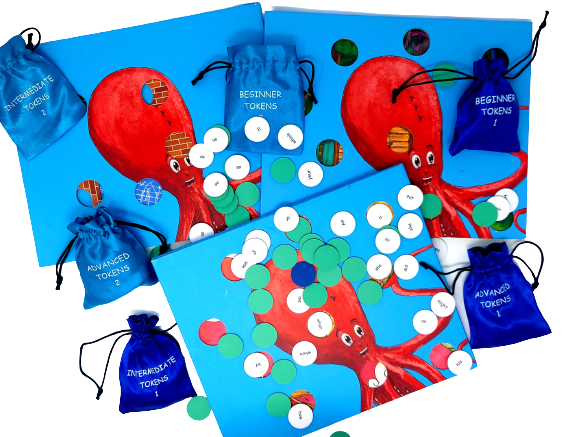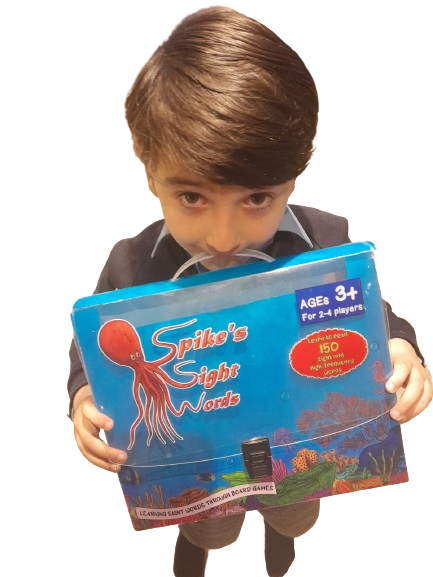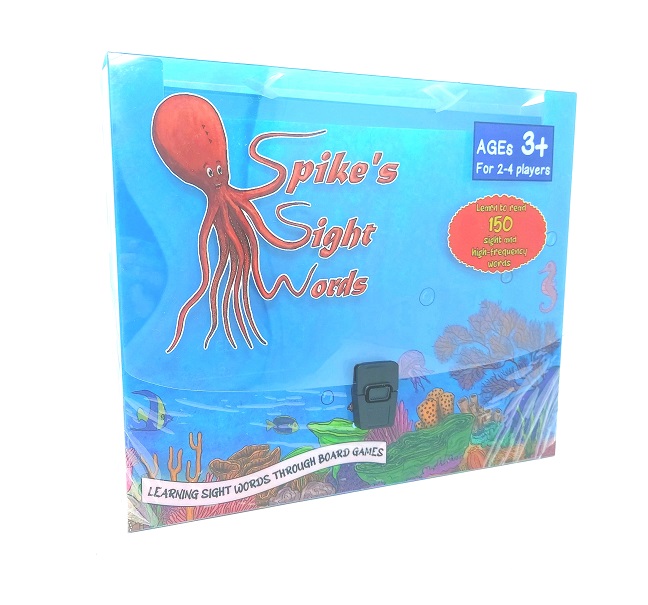
How do you define learning styles?
The term “learning style theory” describes the variations in how people learn. Numerous theories propose that individuals can be categorised based on the learning style they prefer. Depending on which learning styles suit each person best while processing new information, these learning styles vary.
Different people have different learning preferences. While some people love doing things hands-on, others might prefer to just listen and take in the knowledge.
Four Different Learning Style Types
The four types of learning styles are kinesthetic (learning by doing and experiencing), auditory (learning by hearing), visual (learning by seeing), and reading/writing (learning through reading and writing). The many methods that people choose to take in, process, and remember information are reflected in these styles.
It’s critical to understand these learning preferences and be able to adapt education to accommodate the several typical sensory modalities.
The greatest training course will presuppose that your students meet the various learner types.

The four VARK model styles are as follows:
1. Visual learners
Information presented in the form of images, videos, charts, visual cues, and infographics is more likely to be absorbed by visual learners (also known as auditory learners). Develop or choose a training program that incorporates a variety of visual aids. Our educational board games are perfect for this style of learner.
2. Auditory learners
Verbal learners, also known as auditory learners, benefit best from training that requires them to listen. This covers lectures, both live and recorded, podcasts, and audio-enhanced training films.
3. Reading and writing learners
Those who are more comfortable reading writing are the most conventional learners you will come across. They do best when reading textual materials like FAQs, wikis, guides, and manuals. Slideshows with text and handouts will also be well-received by these training attendees.
4. Kinesthetic learners
A kinesthetic learner is one who absorbs information by touch. When engaged in interactive activities, they perform admirably. Many people find that they respond better to training when they have some mobility.

How Can You Find Out Which Learning Style Your Child Prefers?
Seeing what your child is doing is the best approach to find out about their preferred method of learning. The way that someone processes information can be inferred from their actions, interests, and preferences.
You could notice that, if your child has developmental delays, you find yourself focusing a lot on what they aren’t doing yet. Try concentrating on his hobbies and strong points instead. Every child has hobbies and preferences, even the most difficult-to-achieve kids. Finding these encourages a child to be more motivated to learn.
How Can You Encourage Your Child’s Type of Learning?
Children receive a great deal of influence from their parents and instructors. Knowing how a child learns can help us teach them more effectively. Early childhood programs are frequently set up to accommodate the variety of needs and strengths exhibited by the kids.
This comprises possessing:
Sufficient timeframes for mobility
Music time and group circle
Classroom learning centers that offer a variety of activities (such as the art area, block area, reading corner and fine motor area)
Other individual learning styles
In addition to the four learning styles listed above, there are a few more specific learning styles, like:
Logical learners – Learners who are logical rely on their ability to reason and analyse information to look for connections, patterns, causes, and outcomes.
Social learners – those who learn best in a group environment—prefer to engage in dialogue, involvement, and social learning with their peers.
Solitary learners – Like their name suggests, solitary learners—also known as “solo learners”—learn best when they are alone themselves, avoiding social interactions and training.
Nature learners – Those who are nature learners thrive in situations that are serene and unwinding, such outdoor training sessions, instructive hikes, or field trips.
OUR BOARD GAMES ARE PERFECT FOR ALL 4 STYLES OF LEARNING - TAKE A LOOK!

